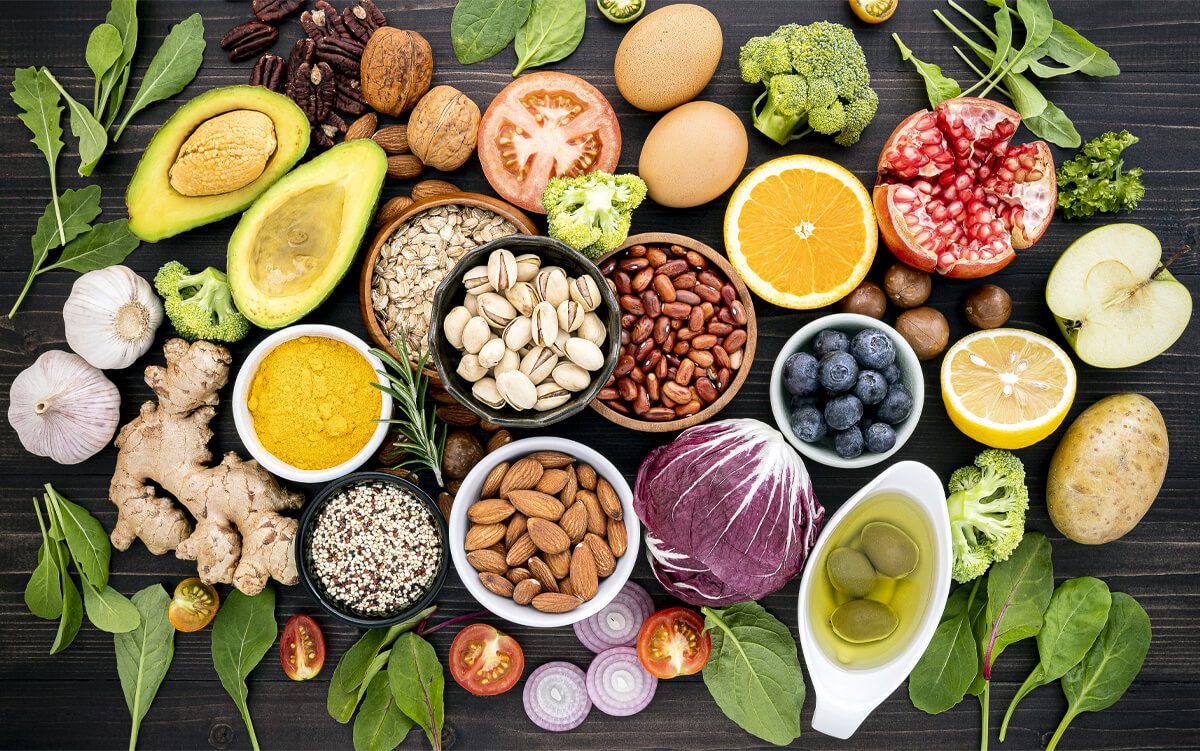
Although grilling season for most people is behind us, burgers are synonymous with casual gatherings and quick meals year-round. Traditionally, beef is the mainstay of such events, however veggie burgers made with beans and grains have been gaining traction over the years. This can be contributed to an increased concern for health and environmental impacts that beef burgers may have. Even still, most burger enthusiasts are still willing to put aside the benefits of the veggie alternative for the distinct flavor, moisture, and smell of the traditional fare. More recently, several companies have endeavored to produce a product that is the best of both worlds, a plant-based burger product that resembles the best qualities of beef. The two most commonly known products are Beyond Meat and the Impossible Burger, both of which have made headlines for various reasons over the past year. If you are a strict vegetarian, these products may not be for you, but if you are trying to explore options to reduce meat in your diet you may be considering one of these faux burgers. If so, here are some things to consider.

They are Better for the Environment than Beef
One of the biggest selling points for the meat alternatives is they are more environmentally friendly. With more people trying to do their part to fight climate change, this can be an important quality in a food selection. According to the United Nation’s Food and Agriculture Organization, consumption of animal products is responsible for 14.5% of the global greenhouse emissions, with over half coming from beef products. In fact, according to an article in the journal of Scientific Reports, if everyone in the U.S. consumed 5 plant-based meals per week, greenhouse emissions could be reduced by 2%, which would be a great step in the right direction.
As for the claims of both faux meet companies that they are better for the environment than beef, the science is there to back that up. Both products use about 90% less land, 83% less water, and 90% less energy in manufacturing one ounce of product. This is a great benefit for resource conservation, but it could be better. Although they beat out beef, these products still utilize 5 times greater resources then their veggie patty counterparts. The greatest challenge being that they are processed in a lab from many different ingredients, instead of the whole food ingredients of most veggie burgers.
Sodium may Be Their Downfall
The minds behind both faux burgers have combined over 18 ingredients each with one mission in mind, to mimic a beef patty. The companies report that their recipes will continue to evolve over time as they try to perfect their product, however some ingredients will most likely remain constant. The primary ingredients for both burgers are water and vegetable protein isolates. Beyond meat uses pea protein isolate primarily while the impossible burger utilizes a combination of soy and potato protein to be able to achieve 20 grams and 19 grams of protein respectively per 100 grams of product (compared to 17 grams of protein in a regular beef patty and 11 grams in most vegetarian patties). Vegetable oils are used to mimic the fat flavor, typically absent from most veggie burgers. They use a combination of liquid vegetable oils like canola oil and sunflower oil, mixed with coconut oil, which makes the saturated fat content as high as a 20% fat beef patty which typically has 7.6 grams of fat. Studies have shown that
saturated fats from vegetable sources have the same negative impacts on health that saturated fats from animal sources have. This, along with the high sodium levels for both, 390 mg in Beyond Meat and 370 mg in the Impossible Burger, in addition to the highly processed nature of the patties, are all reasons for caution about the healthfulness of these alternatives. All things considered, the veggie patties are likely the more health conscious choice.
What about taste?
Several independent taste tests can be viewed on YouTube. The consensus is that both Beyond Meat and the Impossible Burger are pretty close the real thing. They do tend to have a coconut after taste according to many testers and the high salt level is often a complaint as well. However, they do get a higher approval rating then their veggie burger counterparts in most of the taste tests. The faux burgers stand up visually and in moisture content to the real thing as well.
In many ways, there is much to like about both the Beyond Meat and Impossible burgers. They are better for the environment than beef and receive high marks when compared to the real thing in taste tests. However, the costs to both your health and wallet (Beyond Meat at Target is about $5.99 for a pack of 2, 4-ounce patties), may be more than what you think they are. If you are looking for an eco-friendly healthy alternative to meat, veggie patties have come a long way over the years. Regardless of your choice, enjoy your time with friends and family!

